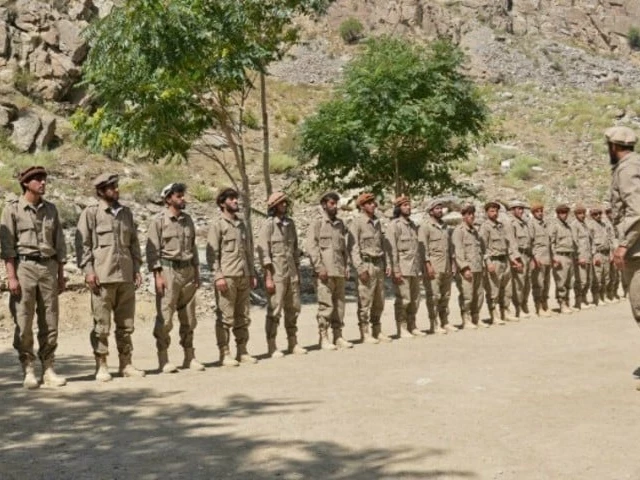21% hike in defence budget
21% hike in defence budget

In response to mounting security threats and recent military escalation with India, the federal government on Tuesday proposed a substantial 21 per cent increase in the defence budget for the fiscal year 2025-26 – a move that garnered cross-party support.
The proposed allocation of Rs2,550 billion marks a sharp rise from the outgoing fiscal year's original defence budget of Rs2,128 billion.
The revised figure for the current year stands at Rs2,181 billion, reflecting the financial strain of last month's four-day military standoff with India, during which both countries exchanged missiles and drones for the first time since becoming nuclear powers.
The increase in Pakistan's defence spending this year outpaces the average annual rise of 1015 per cent seen in recent years, driven largely by what officials term a "radically altered regional security environment".
India's 2025-26 defence budget has been set at $78.7 billion — a 9.5 per cent increase — with $21 billion earmarked for the procurement of new military equipment.
According to the budget documents, Pakistan's defence expenditure as a percentage of GDP will rise to 1.97 per cent, up from last year's 1.71 per cent. The figures exclude Rs742 billion allocated for pensions of retired military personnel and Rs300 billion for the Armed Forces Development Programme.
A breakdown of the proposed Rs2,550 billion allocation shows: Rs846 billion set aside for salaries and employee-related expenses; Rs704 billion for operating expenses; Rs663 billion for procurement of arms, ammunition and related equipment — both domestic and imported — and Rs336 billion for civil works and infrastructure development.
While all three services — the army, navy, and air force — will receive budgetary increases, the Pakistan Army continues to command the largest share due to its size and operational responsibilities.
The budget hike comes in the wake of unprecedented hostilities last month, triggered by India's allegations that Pakistan was behind the Pahalgam attack. Pakistan categorically denied any involvement.
The two countries exchanged drones and missiles before agreeing to a US-brokered ceasefire on May 10, which held despite India later rejecting Washington's mediation and insisting its military campaign — dubbed "Operation Sindoor" — was merely paused.
During the conflict, Pakistan downed six Indian fighter jets and one UAV. Islamabad has since warned that any future violation of its sovereignty would be met with a swift and forceful response.
India, under Prime Minister Narendra Modi, has adopted a more aggressive posture, declaring that any future attack could be treated as an act of war.
Defence analysts argue that the strategic landscape has changed. With India effectively lowering the threshold for conflict, Pakistan's defence planners are increasingly focused on acquiring next-generation technologies, including fifth-generation fighter jets from China, advanced drones and cyber warfare capabilities.
In past years, debates over balancing defence spending with development priorities were common.
However, in the current context of heightened military alert and geopolitical uncertainty, the latest budget has drawn little public criticism.
Experts warn that absent a credible peace process and sustained diplomatic engagement, the region risks being caught in a costly and dangerous arms race.


















COMMENTS
Comments are moderated and generally will be posted if they are on-topic and not abusive.
For more information, please see our Comments FAQ